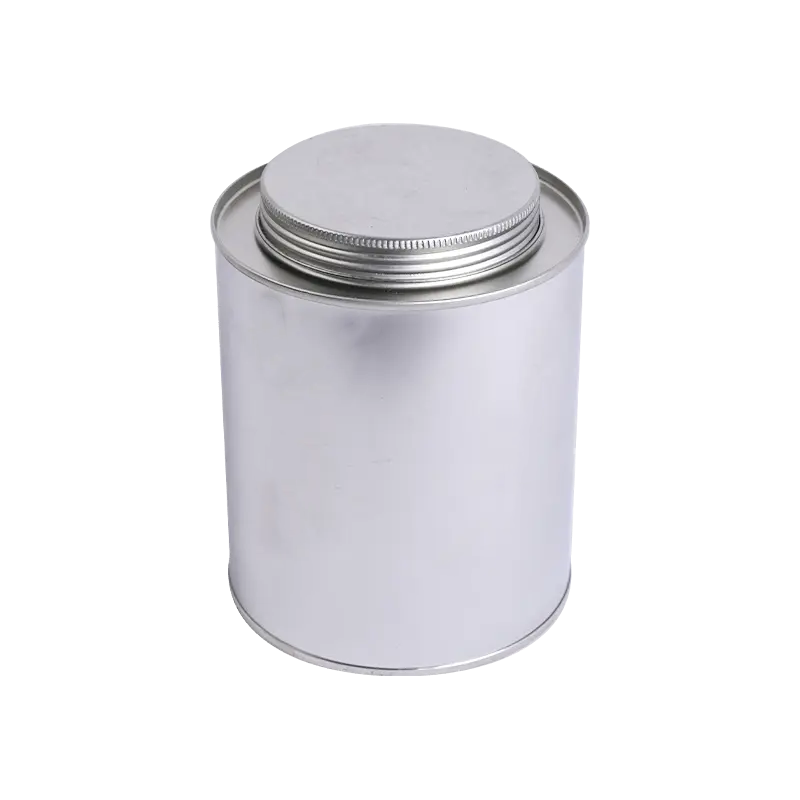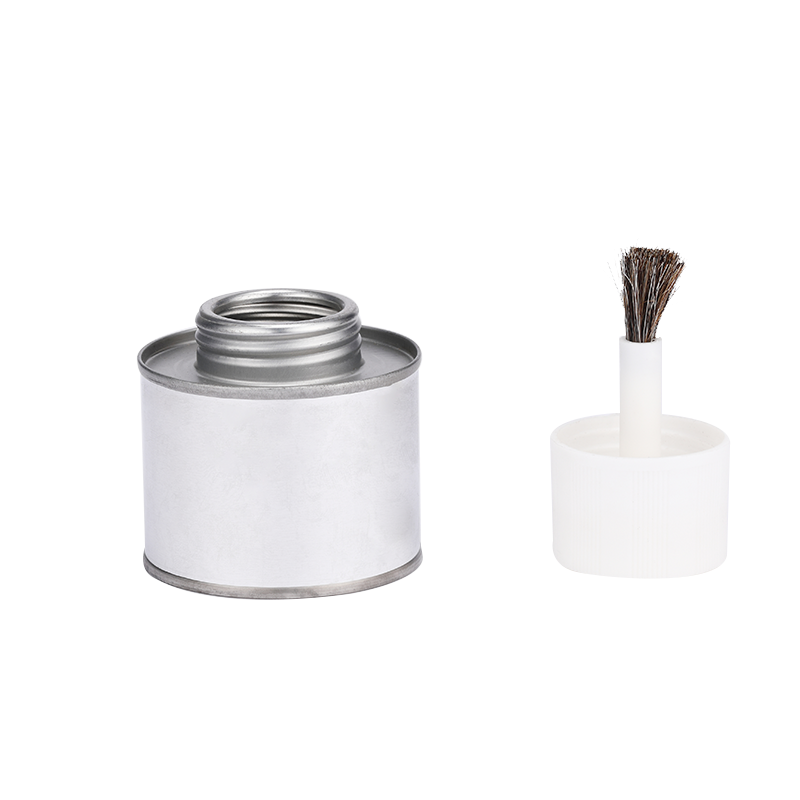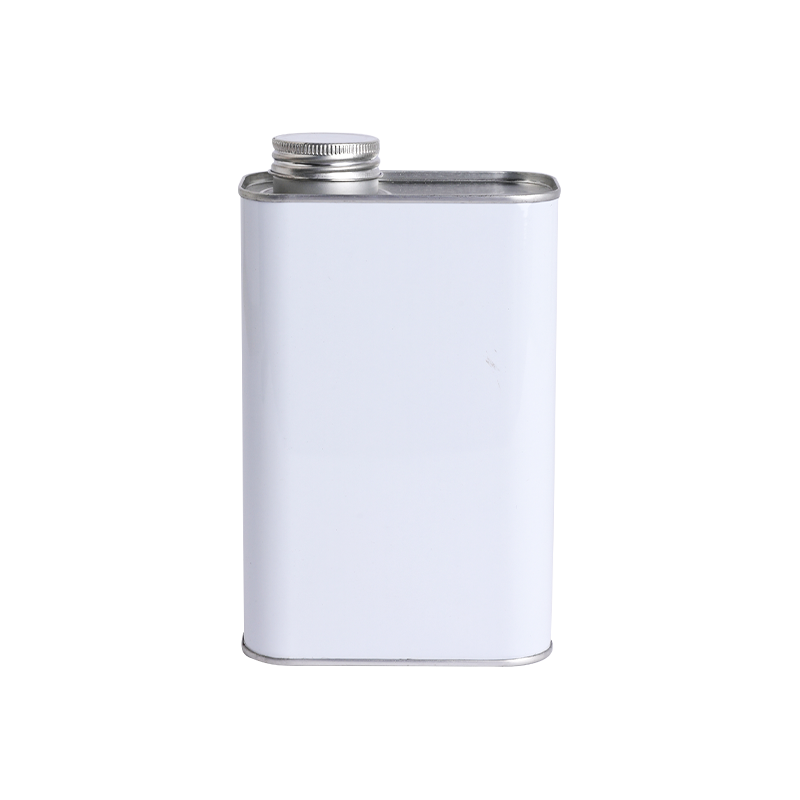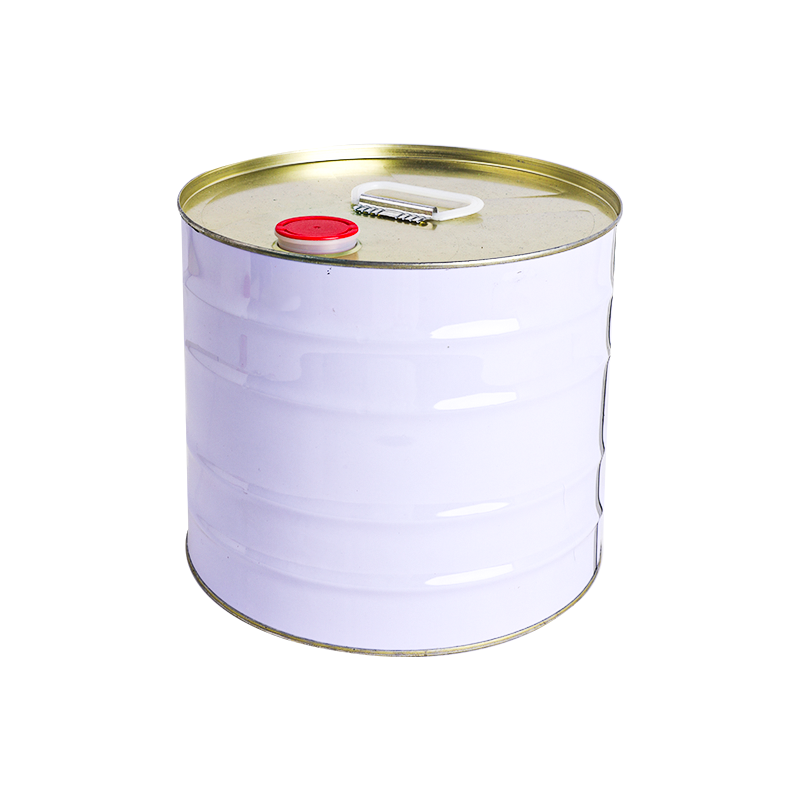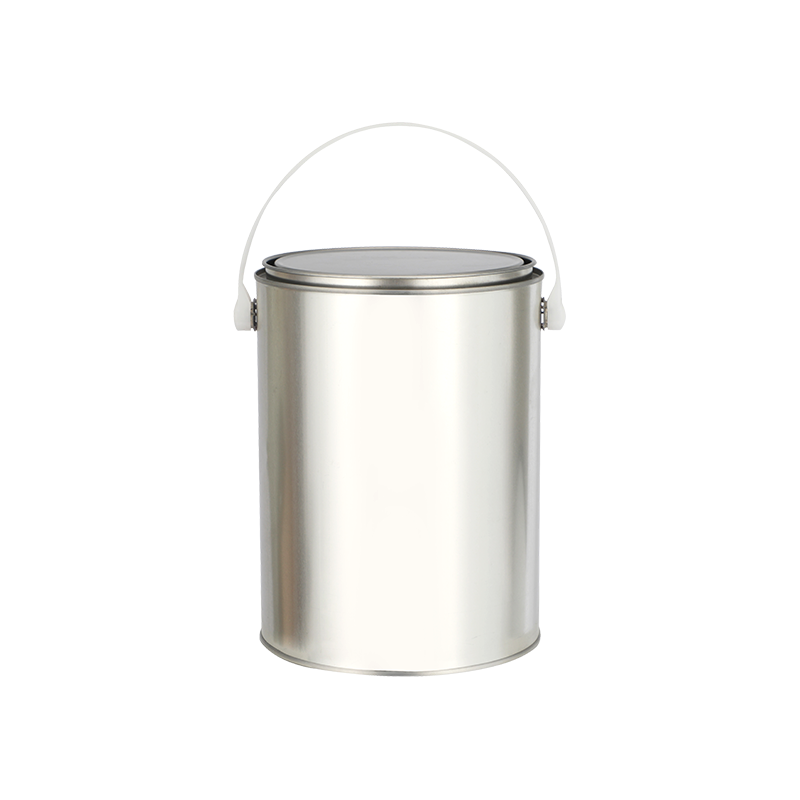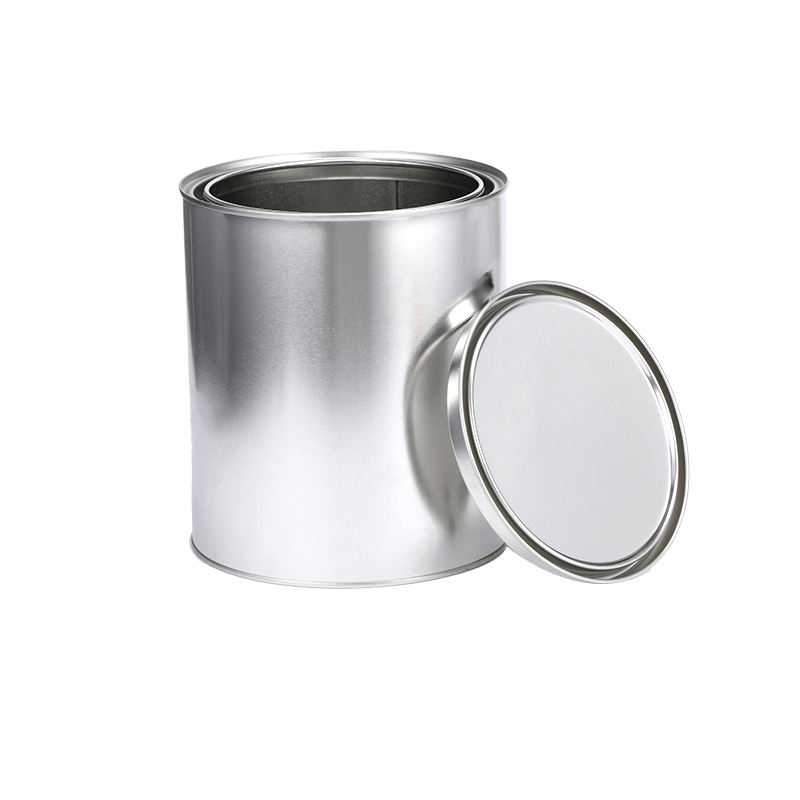The expected shelf life of engine oil stored in a round engine oil tin can depends on several factors, including the type of oil, storage conditions, and the integrity of the container and its seals. Generally, the shelf life of engine oil can range from 3 to 5 years, but this can vary based on the following considerations:
Factors Affecting Shelf Life
Type of Engine Oil:
Mineral Oils: Typically have a shelf life of about 3 to 5 years. These oils are derived from crude oil and can degrade over time due to oxidation and the breakdown of additives.
Synthetic Oils: Generally have a longer shelf life, often up to 5 to 8 years. Synthetic oils are engineered for stability and have fewer impurities than mineral oils, making them less prone to degradation.
Semi-Synthetic Oils: These have a shelf life that falls between mineral and synthetic oils, usually around 4 to 6 years.
Additives:
Engine oils contain various additives, such as antioxidants, detergents, and anti-wear agents, which can degrade over time. The stability of these additives significantly impacts the overall shelf life of the oil.
Storage Conditions:
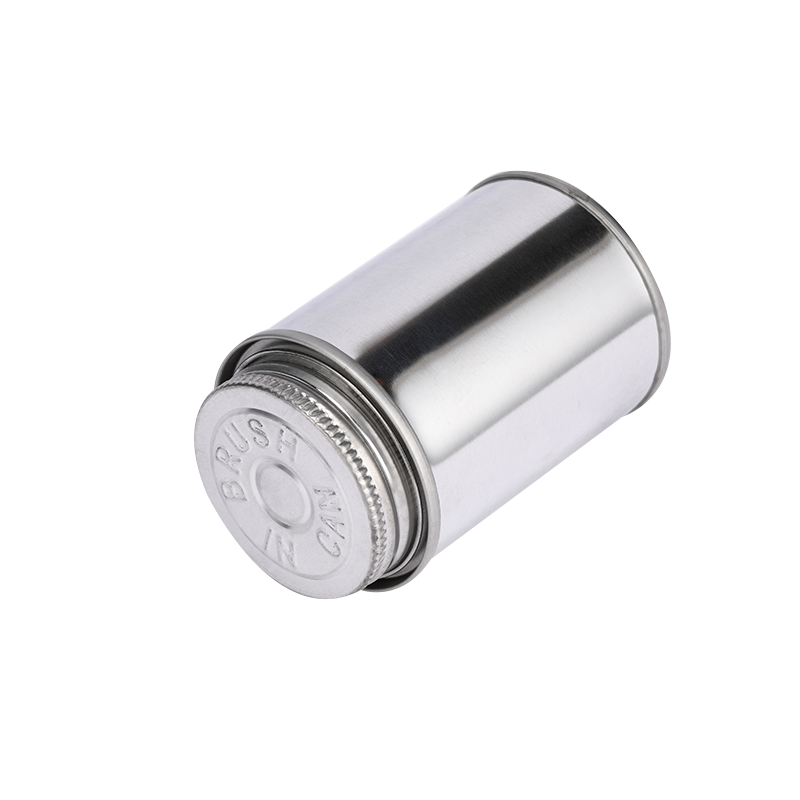
Temperature: Engine oil should be stored in a cool, dry place away from direct sunlight. High temperatures can accelerate the degradation of both the oil and its additives.
Humidity: Excessive humidity can lead to condensation inside the can, potentially causing contamination and promoting oxidation.
Sealing: Properly sealed cans prevent contamination from dust, moisture, and air, which can degrade the oil.
Container Integrity:
Material and Coatings: Tin cans with appropriate internal coatings (such as epoxy-phenolic or polyester) help protect the oil from metal interactions and corrosion, thereby extending shelf life.
Lid Type: The effectiveness of the seal provided by the lid (screw-on, snap-on, or spout) is crucial in preventing air and moisture ingress, which can lead to oil degradation.
Signs of Oil Degradation
Even if stored under ideal conditions, engine oil can still degrade over time. Signs that the oil may no longer be suitable for use include:
Change in Color: Fresh oil typically has a clear, amber color. Darkening or cloudiness can indicate oxidation or contamination.
Separation of Additives: If the additives in the oil begin to separate and settle at the bottom of the can, the oil may no longer be effective.
Unusual Odor: A sour or rancid smell can indicate that the oil has degraded.
Best Practices for Storage
To maximize the shelf life of engine oil in round tin cans, consider the following best practices:
Keep Containers Sealed: Ensure the lids are tightly sealed to prevent air and moisture from entering the can.
Store in a Cool, Dry Place: Avoid storing engine oil in areas exposed to high temperatures, direct sunlight, or high humidity.
Regular Inspection: Periodically check stored oil for any signs of degradation, such as changes in color, consistency, or odor.
FIFO (First In, First Out): Implement a FIFO inventory system to ensure older stock is used before newer stock, minimizing the risk of using outdated oil.
The shelf life of engine oil in a round tin can is generally 3 to 5 years, depending on the type of oil, additives, and storage conditions. By selecting the appropriate container materials and coatings, maintaining optimal storage conditions, and regularly inspecting the oil for signs of degradation, manufacturers and consumers can ensure the longevity and effectiveness of their engine oil. Proper care and attention to these factors will help preserve the quality of the oil, ensuring it remains suitable for its intended use throughout its shelf life.



